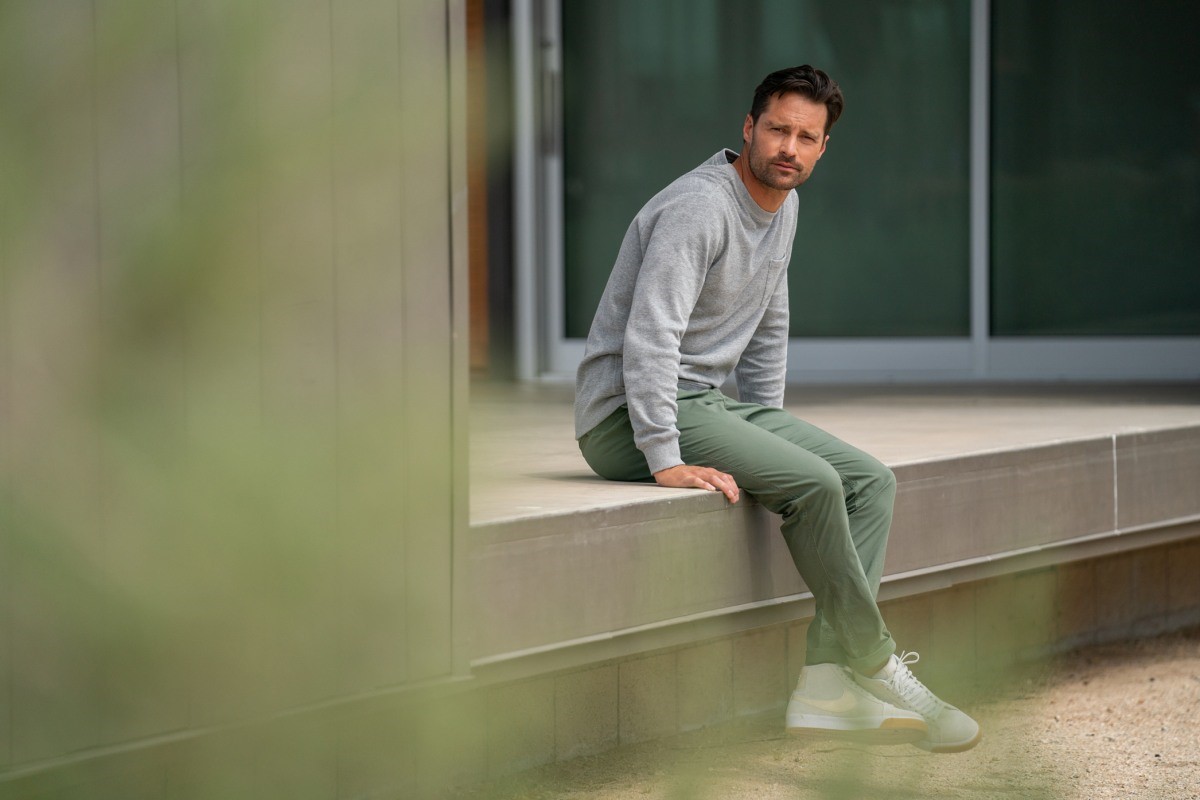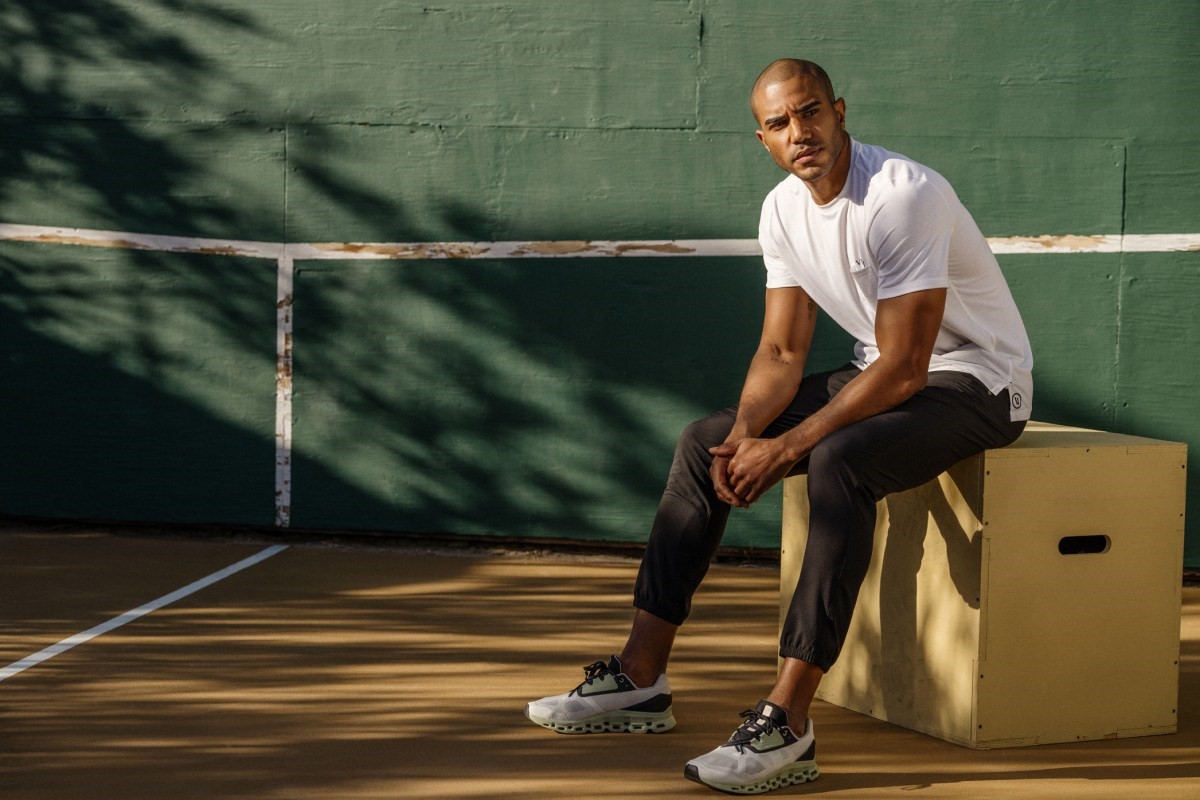How Vuori defied the DTC apocalypse to become a $4 billion athleisure juggernaut
In 2015, Joe Kudla was stuck. He had just launched Vuori, a premium men’s activewear brand and needed cash to begin scaling. But day after day, investors kept rejecting him. “I’m not going to lie, I was developing a complex,” he recalls. “I saw competitors like Outdoor Voices and Rhone getting millions in funding, and meanwhile, I kept coming back empty.”
At the time, the direct-to-consumer movement was at its prime. Brands like Warby Parker, Allbirds, and Glossier were raising tens of millions of dollars in funding, resulting in billion dollar valuations. But when Kudla reached out to their investors, he was told that Vuori wasn’t disruptive or innovative enough; they were used to funding brands like Casper and Away that had radically changed the way that consumers shopped for mattresses and suitcases by buying them online.

“A lot of those startup founders saw their businesses though a tech lens, whether that was selling new kinds of products online or using AI,” recalls Kudla. “All of this hooked tech investors. Meanwhile, we were just focused on trying to create really excellent workout shorts.”
But eight years later, Kudla is now grateful that investors weren’t eager to fund Vuori. It forced him to stay focused on profitability, rather than growth. By year two, Vuori was already in the black, which is very different from many other DTC brands, which have struggled to turn a profit.
And in the end, investors began to take note of Vuori’s healthy balance sheet, and came knocking. In 2021, Japanese investor Softbank poured $400 million into Vuori, landing it a whopping $4 billion valuation. Now, Vuori is headed towards an IPO, which could come as soon as mid-2024.

The Old-School Principles of Business
Many once-thriving DTC brands have struggled in recent years. Casper had a disappointing IPO in 2019 and eventually was taken private again by a private equity firm. Away is in search of a buyer. And while Allbirds revenue has been steadily growing, so too have its annual losses.
A decade ago, when Kudla was dreaming up Vuori, he looked up to these startups and wanted to take a page out of their playbooks. But even though he was able to secure meetings with many of their investors, he discovered that VCs were just not interested in Vuori’s business model.
Kudla’s vision for Vuori simple. He wanted to create high-end clothing for men that would allow them to go from exercising to other aspects of their lives. In many ways, this was a model that Lululemon had perfected in the women’s activewear market. And while Lululemon had launched men’s clothing in 2014, Kudla felt there was still room in the market to create premium men’s activewear.
For Vuori to be successful, Kudla felt it was important to focus on using high quality fabrics that would look comfortable against the skin, but also provide support and wick moisture. And he wanted to create sleek, minimalist designs. The brand’s first product, for instance, was a simple pair of men’s shorts made from a soft fabric that provided support during exercise, but looked polished enough that someone could wear them to brunch afterwards. “I was singularly focused on product, whereas many other DTC startups of this era were focused on innovative new distribution strategies,” says Kudla.
Kudla needed capital to start manufacturing garments in Asia, and without any interest from institutional investors, he had no choice but to reach out to friends and family. He wrangled together $700,000, which allowed him to place the first few orders, but he was very judicious with how he spent the funds. “I didn’t feel like I could take big risks,” he says. “This money came from people we knew, not institutions.”

The Road to Profitability
In the mid-2010s, when there was a lot of VC money going around, many well-funded startups spent their cash on acquiring new customers. A brand could spend as much as $100 or $200 on digital marketing to get a customer to buy a pair of sneakers or a suitcase, which meant taking a loss on the sale. But they believed that in the long run, customers would keep coming back to buy more products.
Kudla, who previously worked as an accountant, was highly skeptical of this logic. In his mind, it was crucial to make money on the very first purchase, because there was no guarantee that the customer would come back a second time. So early on Kudla was very conservative about how much Vuori spent on digital advertising.“We never acquired a customer at a loss,” Kudla says. “We were hyper-focused on cash flow, and getting the unit economics of a transaction profitable.”
Direct-to-consumer brands sold exclusively through their own websites and stores, because it would allow them to keep more of the revenue. But Kudla was happy to sell through department stores and retailers, even though that meant giving them a third to half of the revenue, because they had established distribution networks and could expose the brand to new audiences. Vuori would eventually be sold at REI, Nordstrom, Selfridges, Harrods, and Equinox gyms.
This strategy worked. By year two, Vuori was generating $1 million in revenue, and was profitable. Kudla kept pouring the profits back into the brand to keep it growing. Over time, consumers began to gravitate to the Vuori. The brand gained buzz through word of mouth, as customers told their friends about how comfortable and high performing the clothes were. Vuori became a top-selling brand at the 10 REI stores where it was sold, so the retailer decided to introduce the brand to its entire retail fleet. By 2018, Vuori was generating upwards of $30 million in revenue, and launched women’s clothing. “We had products that were differentiated and were resonating,” he says.

The Next Lululemon
It was at this point that investors began to take note of Vuori’s success. But Kudla didn’t need the money anymore. He could be more selective about what investors to partner with. In 2019, Kudla decided to take an undisclosed amount from Norwest Venture Partners, largely because he believed the firm would provide good counsel, as it had invested in other fashion brands like Modcloth, Birdies, and Kendra Scott. Then in 2021, he took the $400 million investment from Softbank. But the money didn’t go towards funding the business; instead it was a return on investment to early investors.
Now, Vuori is working to grow its retail presence and increase its market share. It currently has 35 stores, but is expanding at a rate of 20 to 25 stores a year, with the goal of having 100 stores by 2026. And it is reportedly in talks with investment banks to take the company public as soon as next year.
In the current economic climate, many VC funds are scaling back on investing in consumer businesses. But Kudla doesn’t think this spells disaster for the next crop of startups. Indeed, Vuori proves that it is possible to build a fast-growing business that can compete with larger incumbents, even without a large infusion of cash. “When money was cheap, many startups could fall into bad habits,” he says. “They were so focused on growth that they lost sight of product innovation. But ultimately, the only way to succeed is if you create high-quality, differentiated products.”
(47)



